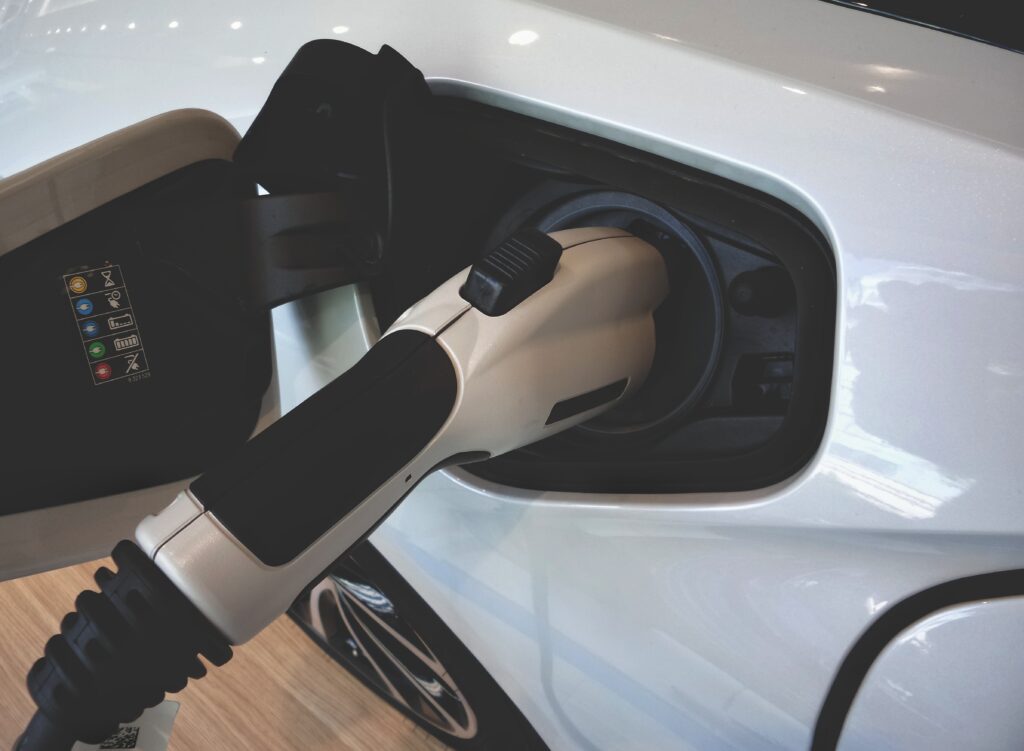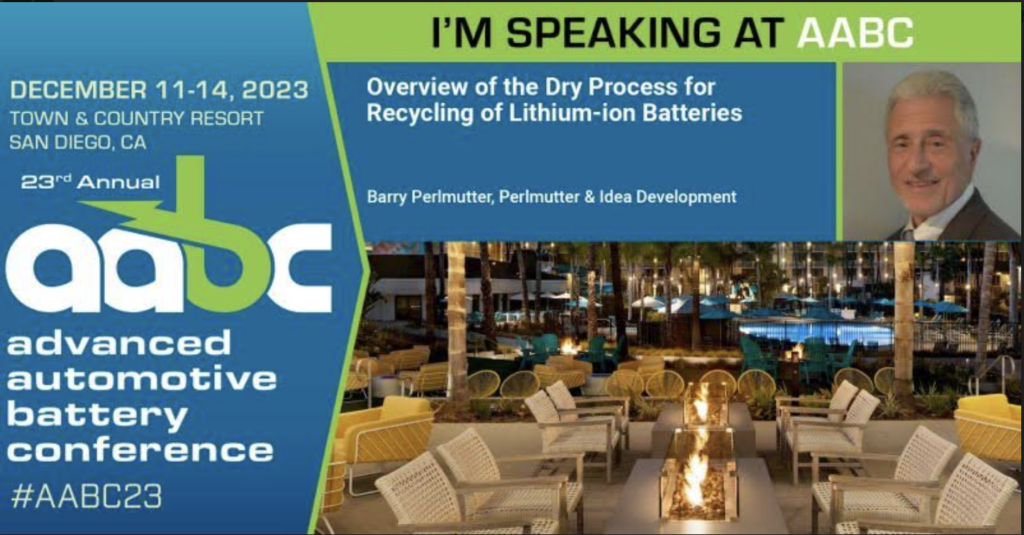
As automakers and governments around the world grow increasingly optimistic about vehicle electrification, technological development needs to keep up. While manufacturers make efforts globally to enhance battery performance and durability, sustainability in the battery supply chain is also a focus area. Annually, industry professionals gather to discuss the underlying technical and business issues impacting the pace and path of vehicle electrification worldwide. This year I’ll join them to discuss advances in battery recycling.
The Advanced Automotive Battery Conference (AABC) takes place in San Diego, California in December. The AABC has been meeting since 2001 “to review automotive battery technology and provide glimpses into the future.” The conference is built on visionary keynotes, industry use cases, interactive panel discussions, and tutorials around the challenges and breakthroughs that will drive vehicle electrification forward. The seminar has 10 technology symposium streams as follows:
- Chemistry
- Engineering
- Heavy Duty
- Battery Manufacturing
- Recycling
- EV Battery Technology
- Raw Materials
- Battery Intelligence
- Manufacturing Automation
- Hydrogen & Fuel Cells
I have the opportunity to present in the Symposium stream for battery recycling. The focus of this stream is to review latest advances in recycling technologies and methods for producing sustainable battery materials from different recycling sources as well as recycling market demand.
Outlining the dry process for recycling
My presentation provides an “Overview of the Dry Process for Recycling of Lithium-ion Batteries Including Mechanical Treatment, Black Mass Drying, Electrolyte Recovery, Gas Treatment and Sorting.”
Lithium-ion batteries (LIBs) recycling is a complex process with crushing and shredding, black mass drying, electrolyte recovery with gas treatment, and finally classification and sorting. Each step must be integrated upstream and downstream to maximize safety and minimize environmental impacts while achieving maximum recovery and efficiency. My presentation reviews current “dry process” installations from pilot demonstration plants to full-scale production and illustrates recovery of black mass, copper, aluminum, plastic, and ferrous metals. The “Dry Process” is applicable for the recycling of production scrap and End-of-Life (EOL) batteries from the transportation sector and for small-format batteries from the household consumer sector.
I hope you enjoy this article’s preview of my presentation. You can read additional recycling information on my website or in my Chemical Processing column, Barry on Batteries. Please contact me if you will be in San Diego or let’s schedule a virtual meeting. Let us get more electrified together.


